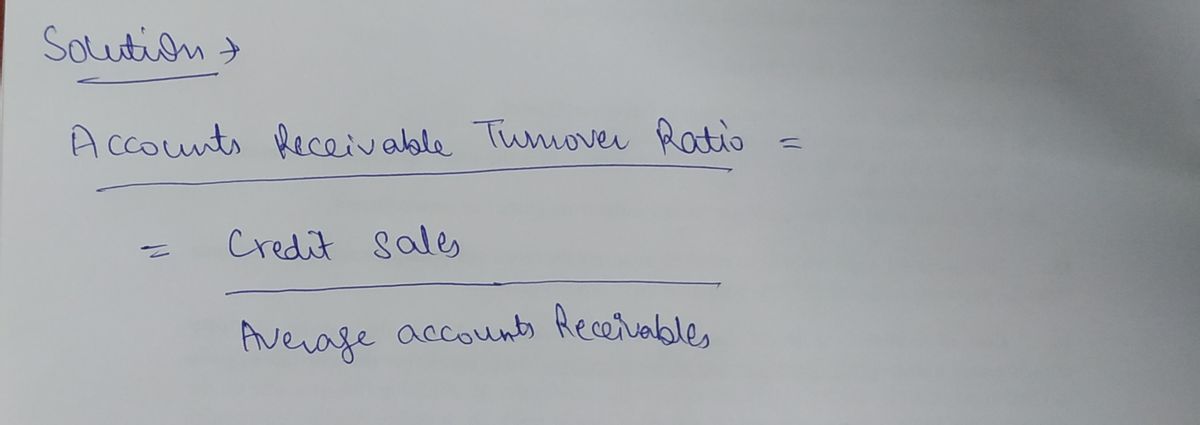Condensed financial data are presented below for the Phoenix Corporation: 20X2 20X1 Accounts receivable $ 267,500 $ 230,000 Inventory 312,500 257,500 Total current assets 670,000 565,000 Intangible assets 50,000 60,000 Total assets 825,000 695,000 Current liabilities 252,500 200,000 Long-term liabilities 77,500 75,000 Sales 1,640,000 Cost of goods sold 982,500 Interest expense 10,000 Income tax expense 77,500 Net income 127,500 Cash flow from operations 71,000 Cash flow from investing activities (6,000 ) Cash flow from financing activities (62,500 ) Tax rate 30 % The accounts receivable turnover for 20X2 is (rounded): (Assume all sales are on account.)
Reporting Cash Flows
Reporting of cash flows means a statement of cash flow which is a financial statement. A cash flow statement is prepared by gathering all the data regarding inflows and outflows of a company. The cash flow statement includes cash inflows and outflows from various activities such as operating, financing, and investment. Reporting this statement is important because it is the main financial statement of the company.
Balance Sheet
A balance sheet is an integral part of the set of financial statements of an organization that reports the assets, liabilities, equity (shareholding) capital, other short and long-term debts, along with other related items. A balance sheet is one of the most critical measures of the financial performance and position of the company, and as the name suggests, the statement must balance the assets against the liabilities and equity. The assets are what the company owns, and the liabilities represent what the company owes. Equity represents the amount invested in the business, either by the promoters of the company or by external shareholders. The total assets must match total liabilities plus equity.
Financial Statements
Financial statements are written records of an organization which provide a true and real picture of business activities. It shows the financial position and the operating performance of the company. It is prepared at the end of every financial cycle. It includes three main components that are balance sheet, income statement and cash flow statement.
Owner's Capital
Before we begin to understand what Owner’s capital is and what Equity financing is to an organization, it is important to understand some basic accounting terminologies. A double-entry bookkeeping system Normal account balances are those which are expected to have either a debit balance or a credit balance, depending on the nature of the account. An asset account will have a debit balance as normal balance because an asset is a debit account. Similarly, a liability account will have the normal balance as a credit balance because it is amount owed, representing a credit account. Equity is also said to have a credit balance as its normal balance. However, sometimes the normal balances may be reversed, often due to incorrect journal or posting entries or other accounting/ clerical errors.
Condensed financial data are presented below for the Phoenix Corporation:
| 20X2 | 20X1 | ||||||
| Accounts receivable | $ | 267,500 | $ | 230,000 | |||
| Inventory | 312,500 | 257,500 | |||||
| Total current assets | 670,000 | 565,000 | |||||
| Intangible assets | 50,000 | 60,000 | |||||
| Total assets | 825,000 | 695,000 | |||||
| Current liabilities | 252,500 | 200,000 | |||||
| Long-term liabilities | 77,500 | 75,000 | |||||
| Sales | 1,640,000 | ||||||
| Cost of goods sold | 982,500 | ||||||
| Interest expense | 10,000 | ||||||
| Income tax expense | 77,500 | ||||||
| Net income | 127,500 | ||||||
| Cash flow from operations | 71,000 | ||||||
| Cash flow from investing activities | (6,000 | ) | |||||
| Cash flow from financing activities | (62,500 | ) | |||||
| Tax rate | 30 | % | |||||
The accounts receivable turnover for 20X2 is (rounded):
(Assume all sales are on account.)

Trending now
This is a popular solution!
Step by step
Solved in 2 steps with 2 images









